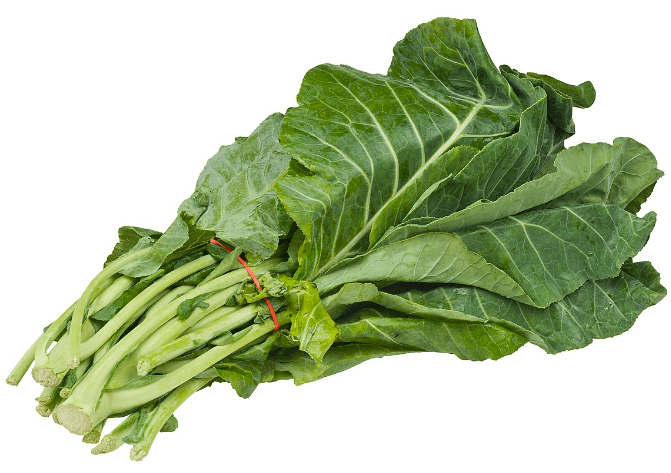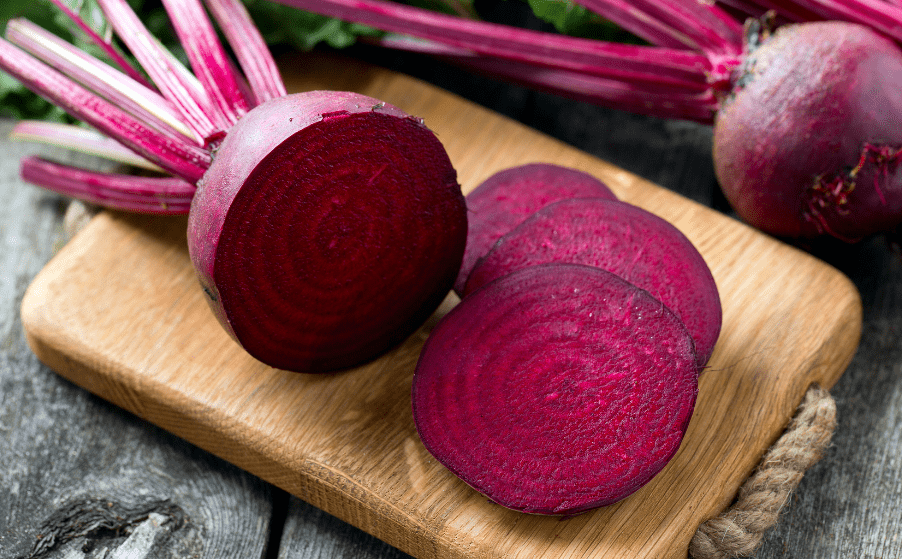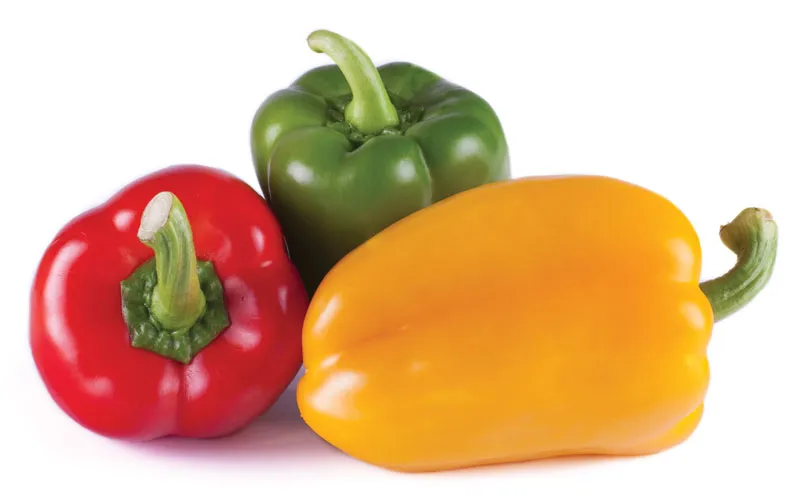
Description
Only the qualities of the leaves, which are significantly broader, not frilled, and like those of head cabbage, can be used to distinguish collard from kale botanically. The main stem rises to a height of 60 to 120 with a rosette of leaves at the top. Typically, lower leaves are removed in phases, but rarely, the entire juvenile rosette is taken.
Varieties
A ‘Vates’ hybrid with cabbage-like leaves that keep well, “Champion” is available.
Although “Flash” is a relatively little plant, it grows quickly. The plant grows in 55 days, and the leaves are soft and tasty.
Large plant called “Georgia” with delicate, waxy leaves. It grows in 75 days and is resistant to heat.
The glossy, dark green leaves of the plant variety “Green Glaze” are less frequently harmed by caterpillars. In 75 days it becomes mature.
The plant “Vates” is compact and has exceptionally smooth leaves. In 75 days it becomes mature.
Uses
Collard greens can be eaten fresh in salads, atop sandwiches, or in wraps. They are raised for their cooked leaves, which are prepared similarly to kale.

Nutrition
Collard greens include high levels of vitamin A, C, and manganese, as well as calcium and vitamin B6 in moderate amounts. Cooked collard greens have 137 kJ in a 100 g reference serving.
Cultivation
In a location with full sun and healthy, well-drained soil with a pH of 6.5-6.8, place plants 18 to 24 inches apart. By incorporating several inches of compost or other rich organic matter, you can improve your native soil. A constant supply of water is beneficial for collard greens.
Table





